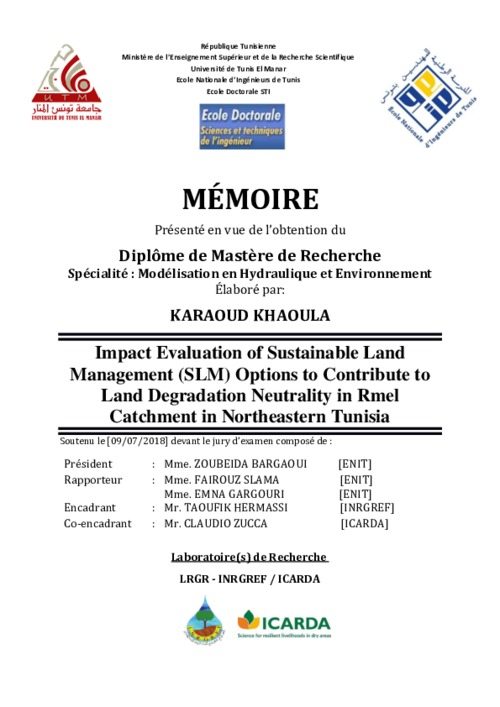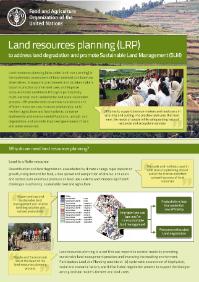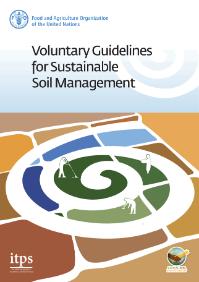Impact Evaluation of Sustainable Land Management (SLM) Options to Contribute to Land Degradation Neutrality in Rmel Catchment in Northeastern Tunisia
Soil erosion is a natural process causing serious land degradation problems. In Tunisia, soil
erosion represents a serious environmental problem. The Rmel watershed located in the
Governorate of Zaghouan in north-eastern Tunisia and covering an area of 679 square
kilometers, suffers from this problem. It was thus selected to estimate annual soil loss using the
Revised Universal Soil Loss Equation (RUSLE), and geographic information system (GIS).
RUSLE model’s parameters (R, K, LS, C, and P) were derived from digital elevation model









